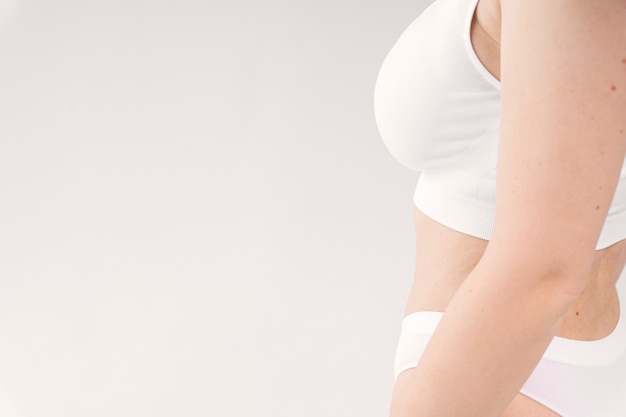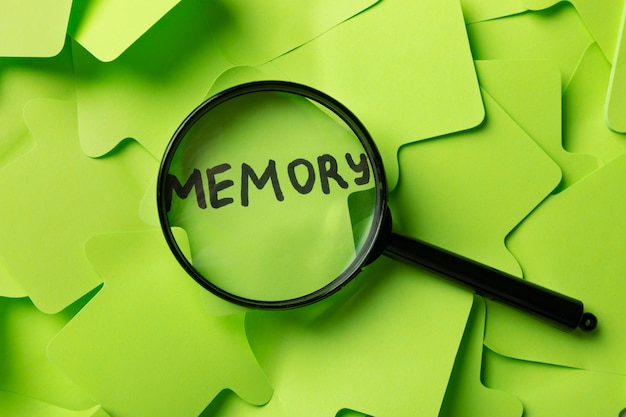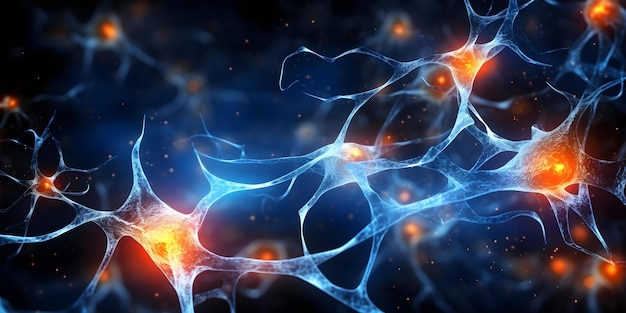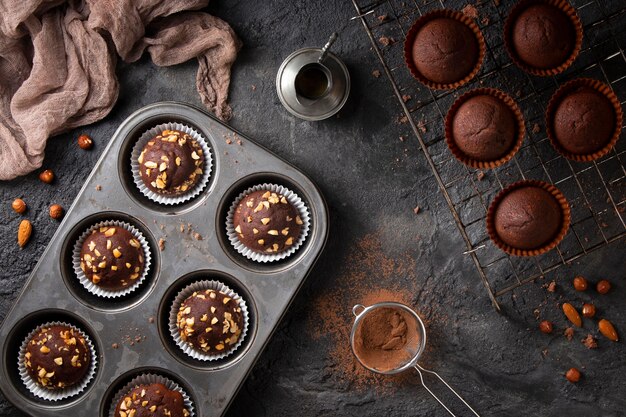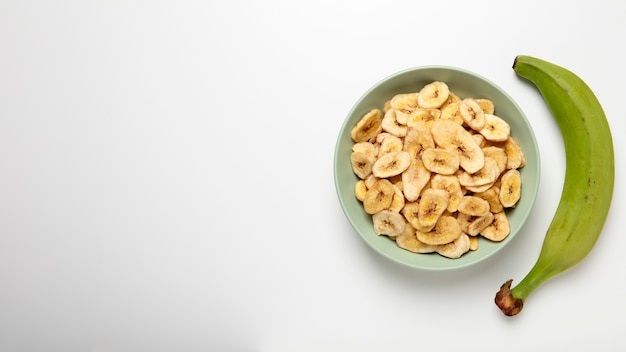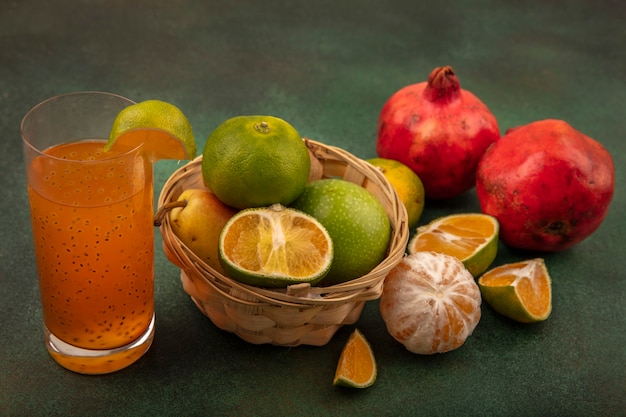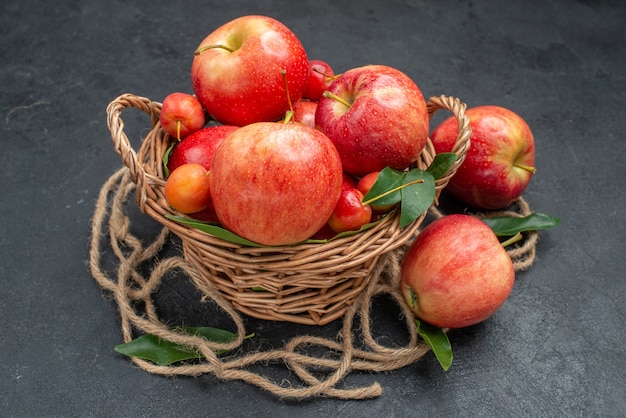Lipids, or fats, are an essential part of our diet. They provide energy, support cell growth, and help with nutrient absorption. However, their water-repellent nature makes them tricky to digest. This article explains how our bodies break down and absorb these crucial nutrients.
We mainly get lipids from our diet, which include triglycerides, cholesterol, phospholipids, and fat-soluble vitamins. Triglycerides, the most common dietary lipids, consist of glycerol bonded to three fatty acids.
The Hydrophobic Nature of Lipids
Lipids’ water-insolubility affects their digestion significantly. In the watery environment of our digestive system, they tend to clump together, staying separate from water. This poses a challenge since the enzymes that digest lipids are water-soluble and can only act on the surface of these fat clumps.
Gastric Lipase
Digestion starts in the stomach with an enzyme called gastric lipase, which removes one fatty acid from the triglyceride, forming free fatty acids and diglycerides. However, this process is limited due to lipids’ hydrophobic nature and the stomach鈥檚 acidity.
Pancreatic Lipase and Bile Salts
In the first part of the small intestine, the duodenum, a different enzyme called pancreatic lipase helps digest lipids. This enzyme works well due to the presence of bile salts and a slightly basic environment.
Bile salts, made from cholesterol, are amphipathic, meaning they have both fat-soluble and water-soluble parts. In the intestine, they mix with fat droplets, making it easier to break these into smaller parts. This emulsion process and the intestine’s movement expand the surface area, making digestion by enzymes more effective.
Colipase
Another pancreatic enzyme, colipase, is also needed for fat digestion. It helps pancreatic lipase stick to lipid droplets better. Pancreatic lipase removes two fatty acids from the triglyceride, creating monoglycerides and free fatty acids.
The Final Products of Fat Digestion
The end products of lipid digestion are free fatty acids, monoglycerides, and lysophospholipids. These substances move into tiny, soluble structures called micelles, which transport them to enterocytes for absorption.
Bile salts are crucial for both digesting and absorbing lipids because they help form these micelles. Without bile, many fats would stay undigested and be excreted.
To sum up, lipid digestion involves a complex interaction of enzymes and physiological processes. Understanding how our bodies manage this can lead to better dietary strategies and health outcomes.
